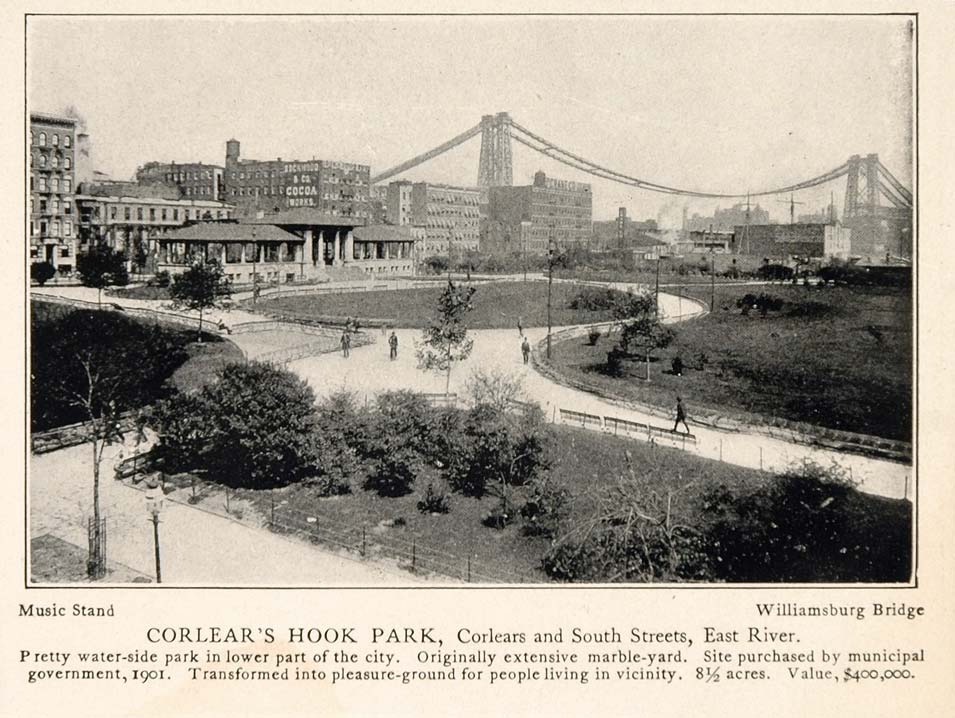July 17, 2024
Dan Garodnick, Chair
NYC Department of City Planning
120 Broadway, 31st Floor
New York, NY 10271
Via mail
Re: Mayor’s City of Yes Housing Opportunity proposal
Dear Chair Garodnick:
Lower East Side Preservation Initiative — LESPI — is a not-for-profit organization whose mission is the preservation of the traditional Lower East Side, which includes the East Village, LES below Houston Street, Chinatown, Little Italy and the Bowery.
LESPI supports both the retention of and creation of more affordable housing in the Lower East Side and beyond. We also believe in smart growth governed by sound urban planning principles.
There are many aspects of the City of Yes Housing Opportunity (COYHO) that are beyond the scope of our mission. However, we are writing to express our support for and concerns about particular aspects of this proposal that directly concern our mission:
Blanket rezoning: COYHO covers the entire city. However we believe that zoning changes should generally be done neighborhood by neighborhood, to allow planners to pinpoint problems and potentialities within discreet zones and alter the zoning accordingly. Some areas of the city are so overcrowded — their sidewalks, subway stations, vehicular traffic — that they are bursting at the seams. Increasing density in these areas shows a disregard for residents, workers and visitors. Conversely, other areas, especially when located near public transportation, may be ripe for increased density.
Adaptive re-use of commercial buildings to residential: We support this provision to address housing, economic and environmental needs. However, for over a century New York City has been one of the most important commercial centers in the world — we want it to stay that way, and not become primarily a bedroom community. In the long run we expect office occupancies to return to normal, as they always have. Additionally, commercial real estate has traditionally provided the lion’s share of the city’s tax base, and we are not sure how that will be replaced. COYHO should also provide for the long-term viability of our commercial sector.
Expanding transfer of development rights for landmarked properties: In general we support this provision. However, there needs to be a mechanism for preventing huge dumpings of FAR on a receiver site, resulting from developers purchasing air rights from multiple landmarked sites to be used in constructing new buildings that are grotesquely out of size and character with the surrounding neighborhood.
NYCHA and other planned communities: Any proposed infill should follow the input of residents and members of the surrounding community; have a significant affordability requirement; serve to further urbanistically integrate the complexes with the surrounding streets/community; and be designed to be contextual with the architecture and landscaping of the original structures.
Special districts: Regulations maintaining the special character of special districts, such as Little Italy, Parkchester etc., should not be watered down or eliminated.
Development pressure on historic neighborhoods and buildings: The Landmarks Preservation Commission typically has a large backlog of potential individual landmarks and historic districts that they are not acting on, including those that they have deemed worthy of consideration. COYHO represents an upzoning of the entire city, which increase development pressure on these historic resources — beyond the great pressure on many of these sites today — to be demolished and redeveloped. This is one of the problems with blanket rezonings.
There are other aspects of this proposal that, although a bit beyond our mission, raise concern, including:
Affordable housing: There is no provision for protecting existing affordable housing. If anything, COYHO will provide extra incentive for developers to demolish existing affordable housing and replace it with new luxury housing. Additionally, there is no disincentive for “big foot” new buildings, where tall buildings with a few large (deluxe) units replace smaller buildings with many more units, which are often affordable.
Zoning variances: The ability of the City Planning Commission to authorize zoning variances for increased bulk, apparently without any check on this mayoral agency’s discretion, needs to be mitigated to allow for significant community input.
Late last year, The New York Times Guest Essay “How to Make Room for One Million New Yorkers” by Vishaan Chakrabarti showed how the City, by taking advantage of underutilized locations throughout the five boroughs, could add about 500,000 new homes without significantly disrupting the existing built character or context of our NYC neighborhoods.
This does not mean that no rezonings should be done. However it does throw into doubt the COYHO’s housing emergency rationale to blanket rezone the entire city. Rather than succumb to the political considerations behind blanket rezoning, the City should target its approach neighborhood by neighborhood, based on each one’s capacities, needs, challenges and inherent characteristics.
Thank you for your consideration.
Sincerely,
Richard D. Moses
President
Cc: Hon. Christopher Marte, New York City Council
Hon. Carlina Rivera, New York City Council
Hon. Andrea Gordillo, Manhattan Community Board No. 3
Hon. Damaris Reyes, Manhattan Community Board No. 3






